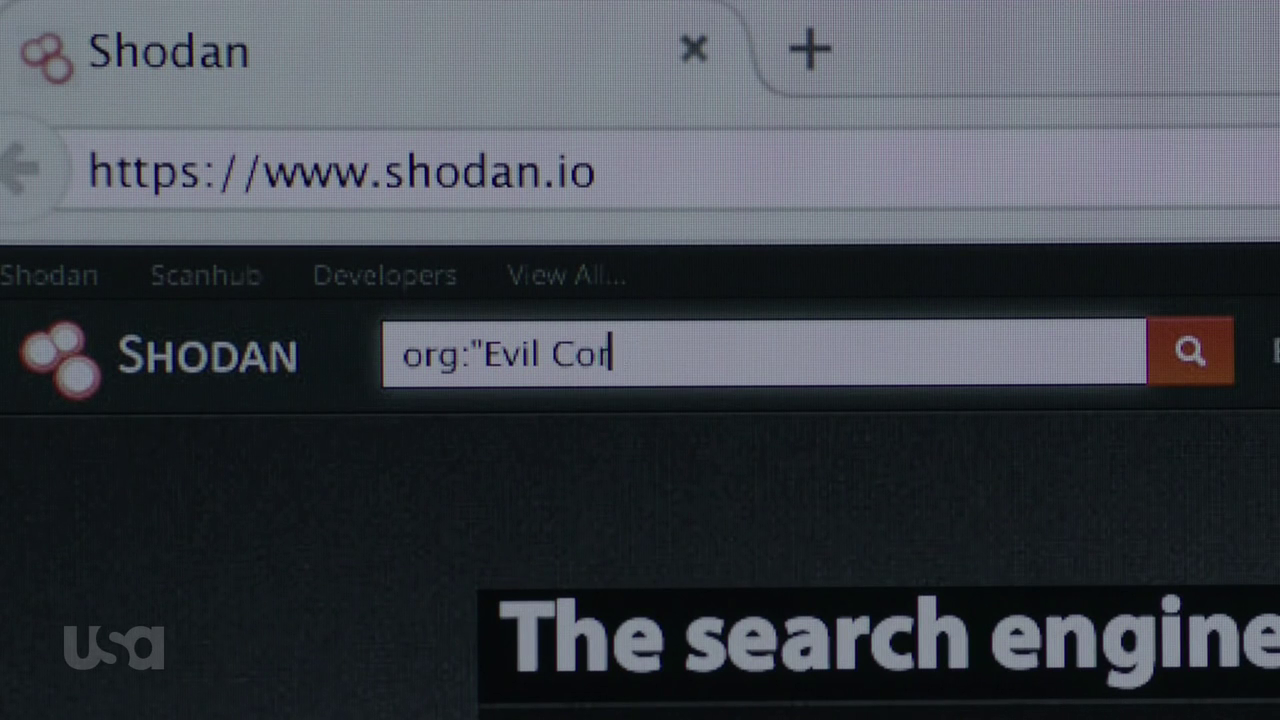Category: Culture
-
Is shadow work ruining the job market?
A recent episode of the Every Little Thing podcast discusses the rise of self-checkout machines. It’s a fascinating tale, one that I would have never guessed started over 100 years ago with the opening of the Piggly Wiggly chain. Self-checkout is a commonly used example of the impending threat of automation. I know I personally…
-
Good Morning 2002
Why not spend your morning engrossed in the sounds of a giant PC tower next to your head, like it’s 2002: Thanks hacker noon.
-
Mr. Shodan

Mr. Robot season 3 is off to a great start. As per usual, the episode features tonnes of Easter eggs for hacker nerds. But I have to admit I was a little surprised to see a shodan.io cameo. Shodan is a search engine for things connected to the web that isn’t a web server. Web…